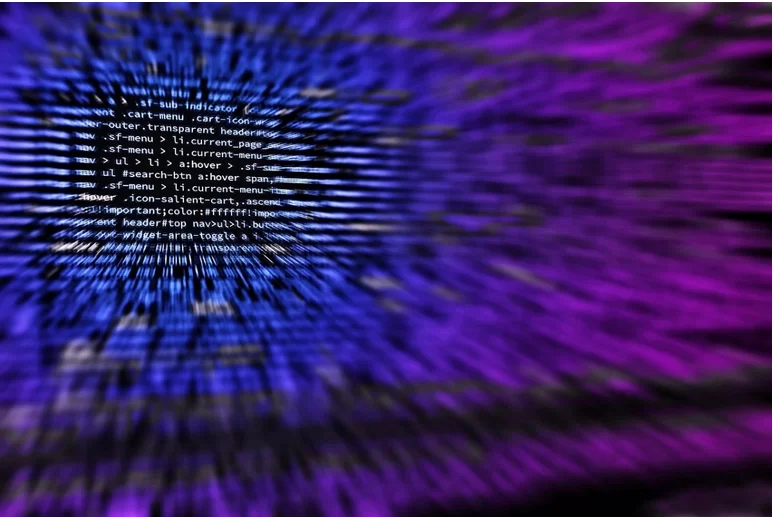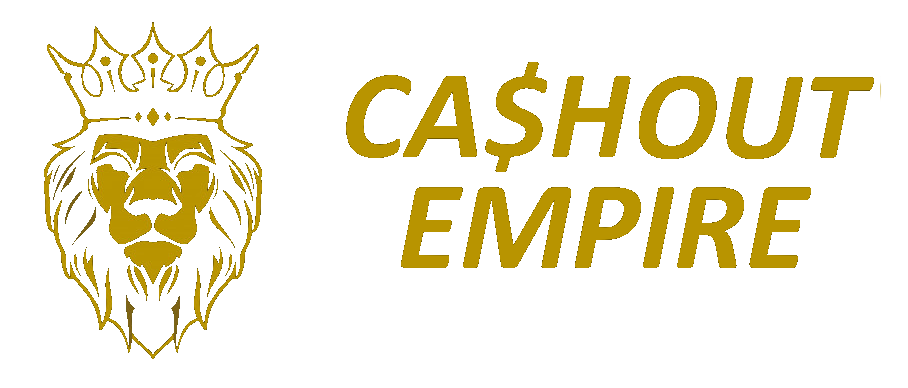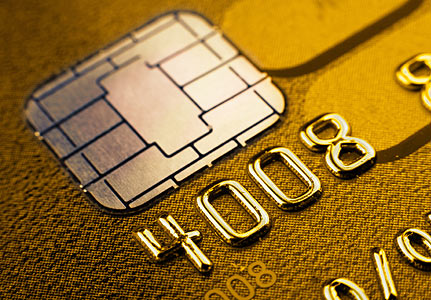Table of Contents
Dear Hustlers, in this priceless article today we will show you how you can generate Track 1 with Track 2 for your Dumps, so if you have already bought your 101 or 201 data dump elsewhere that just came with Track 2 now we will show you how you will be able to generate Track 1.
UNDERSTANDING TRACKS
#TRACK 1
The first track contains the credit card number, the credit cardholder’s name, and the credit card’s expiration date.
Track 1 is the only track of the card that contains the account holder’s name but you can change the name from the track to match with the fake IDs you have or with the name embossed on the plastic and that will still work 10 out of 10 times.

This track is written with code known as odd parity or “Dec Sixbit”.
Track 1 format is usually as follows:
- %B3703730081187237^BRAND/STARK D ^200910100000023001000000415000000?
- START SENTINEL = is 1 character, usual ( % )
- FORMAT CODE = a single character, financial cards format code is( B )
- PRIMARY ACCOUNT NUMBER (PAN) = usual is the card number, but not always ( 3703730081187237)
- FIELD SEPARATOR = financial cards use a single symbol for it which is ( ^ )
- NAME OF CARDHOLDER = contain 2 until 26 characters (BRAND/STARK)
- FIELD SEPARATOR = symbol for it is ( ^ )
- EXPIRE DATE = in format YYMM (2009)
- SERVICE CODE = three characters (101)
- DISCRETIONARY DATA = which may contain PIN VERIFICATION KEY (it is not the ATM PIN), card verification value, CVV (00000023001000000415000000)
- END SENTINEL = is 1 character, usual ( ? )
#TRACK 2
The second track contains the credit card number and the expiration date, it is the most important track of your dump and will make all the difference whether your ATM will spit out the money or you will get the refusal instead.

Almost all dumps will spit out cash if track 2 is correct. It is written with a 5 bit-scheme,4 data bits, and 1 parity bit, a parity bit, or check bit is a bit added onto track 2 for error detection as it requires the authorization step to be discarded entirely or re-transmitted from scratch which is what makes the ATM to spit out your card in case of a problem with your Track 2.
This track data format is as follows:
- 370373660206009=200910118023328700000?
- START SENTINEL = is 1 character, usual ( ; )
- PRIMARY ACCOUNT NUMBER (PAN) = usual the card number ( 370373660206009 )
- SEPARATOR = usual symbol ( = )
- EXPIRE DATE = in YYMM format (2009 )
- SERVICE CODE = a three digits code ( 101 )
- DISCRETIONARY DATA = which may contain PIN VERIFICATION KEY (it is not the ATM PIN), card verification value, CVV (18023328700000 )
- END SENTINEL = usual the symbol ( ? )
#TRACK 3
The third track contains information about customer loyalty programs, some banks use it for programs such as airline rewards but It is virtually unused by the vast majority of banks. It was developed by Thrift Saving Industry. Point Of Sales (POS) will not read this track.
SERVICE CODES
The card service code is a 3 digits code present in both Track 1 and Track 2.

Each of the 3 digits of the code has a meaning and read it together the service code let you know where and how the card can be used
#IF THE FIRST DIGIT IS:
- 1 – the card is for international use
- 2 – the card is for international use but has a chip
- 5 – the card is for national use
- 6 – the card is for national use but has a chip
- 7 – the card is not good for interchange except for bilateral agreements
- 9 – test card
#IF THE SECOND DIGIT IS:
- 0 – the card is normal, without restriction
- 2 – issuer must be contacted via online means
- 4 – issuer must be contacted via online means except under bilateral agreements
#IF THE LAST DIGIT IS:
- 0 – no restriction but the PIN is required
- 1 – no restrictions
- 2 – the card can be used for goods and services payment but not for cash
- 3 – ATM use only, PIN is required
- 4 – cash only
- 5 – the card can be used for goods and services payment but not for cash but PIN is required
- 6 – no restrictions, PIN should be used where is feasible
- 7 – the card can be used for goods and services payment but not for cash but PIN should be used where is feasible
Now you have a fairly solid understanding although you may not think that you do but feel free to go over this priceless information a few times to observe and let it sink in.
Once you understand the basic principles of what these tracks are, how they work, and what service codes are used for you can continue expanding your knowledge with us, we are on a mission to provide you with all the knowledge and tools thereafter to put all the theory you learned and understand into practice by doing it.
GENERATE TRACK 1 USING TRACK 2
If you have just scrolled down to this section by skipping all the information above you will be missing a critical piece of information, those who have read the entire article above before coming to this section would know exactly what we mean by that.

So in order to generate Track 1 let’s take the example of this dump Track 2 (this is an actual dump):
- 4867327031853618=15051011203191805191 – this is Track 2 (we want to make Track 1 out of Track 2).
- JOHNSON/CHARLOTTE – is the name of the cardholder (LASTNAME/FIRSTNAME)
- JP MORGAN CHASE BANK – is the bank’s name
- The United States – is the Country of Bank
- DEBIT – this is the type of card whether its a credit or s debit (in this case its a debit card)
- Classic – is the brand of card, eg. Traditional, Classic, Gold, Platinum, Business
So when you see an equal sign “=” in a Track it always means it is Track 2 and when you see the letter “B” in front of the Track it is always Track 1.
#STEPS:
Now to Make a Track 1 From Track 2 this is how we do and you can copy our technique to generate your track 1:
So as mentioned above we have Track 2, 4867327031853618=15051011203191805191 but let’s just take the Credit Card account number from this Track 2 so the card number is 4867327031853618.
Add the letter “B” in the front of the number like this:
- B4867327031853618
Then add the cardholder name you want to show on the card using “^” at the start and the end of the name just like this:
- B4867327031853618^Johnson/Charlotte^ (Last-Name/First-Name)
Next, you will add the expiry date and service code (expiry date is “YYMM” in this case “1505” and in this case, the 3 digit service code is “101” so you will be adding “1505101”), so now see what we have is:
- B4867327031853618^Johnson/Charlotte^1505101
Now add 10 zero’s after service code like this:
- B4867327031853618^Johnson/Charlotte^15051010000000000
Next, you will add the remaining numbers from Track2 (after the service code) like this:
- B4867327031853618^Johnson/Charlotte^150510100000000001203191805191
And finally, you will add six zero’s (6) zero’s after that like this:
- B4867327031853618^Johnson/Charlotte^150510100000000001203191805191000000
So the final track would look like this:
Track 1: B4867327031853618^Johnson/Charlotte^150510100000000001203191805191000000
Important Note: This Track 1 generation process is valid for “Visa” and “MasterCard” only, it will not work for Discover, Amex, and so on.

Also, a very important thing to take into consideration is that you do not need to generate track 1 should you decide to buy your 101 or 201 data dumps on our site as our dumps are complete and come with:
- Track 1
- Track 2
- PIN
Congratulations! Today you have learned another priceless piece of information that you did not know otherwise, on our site we always try our best to come up with the latest information at your disposal.
Good Luck, get your success you deserve it, we will see you on the other side!

